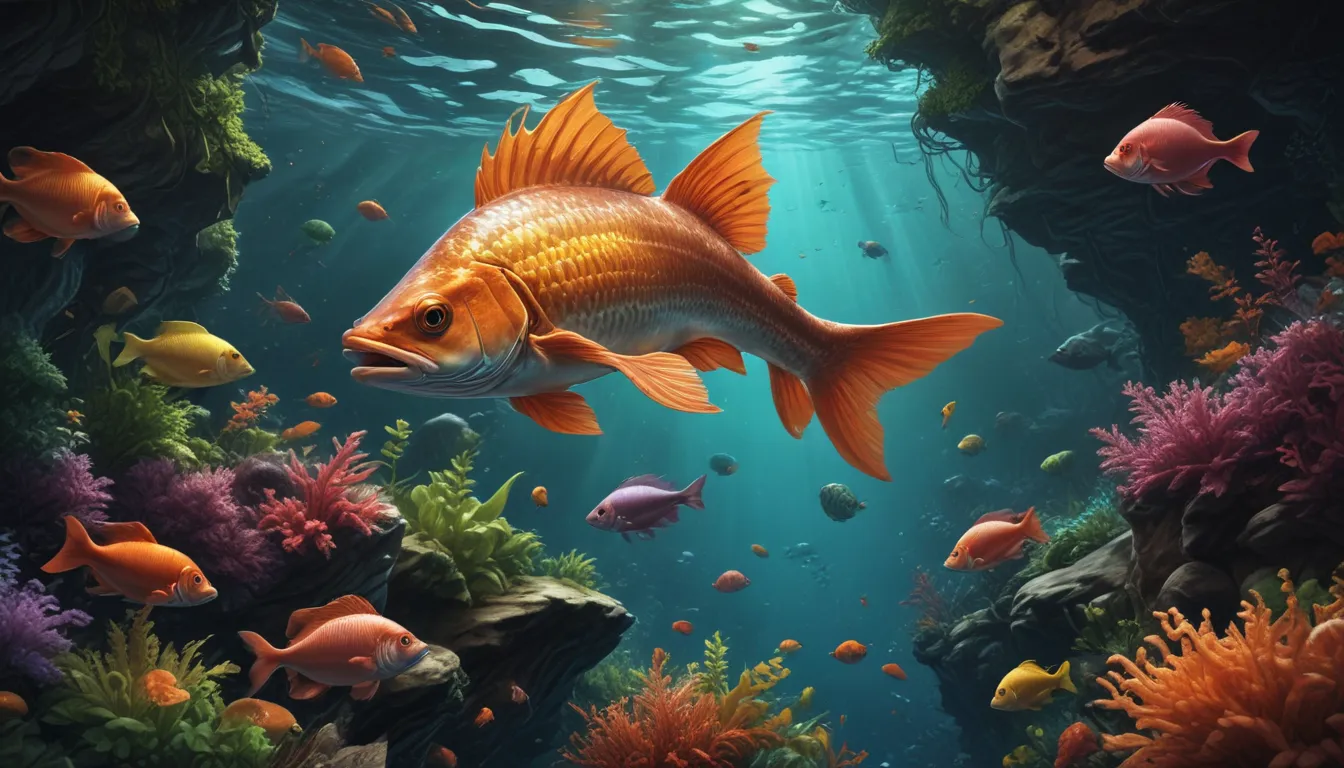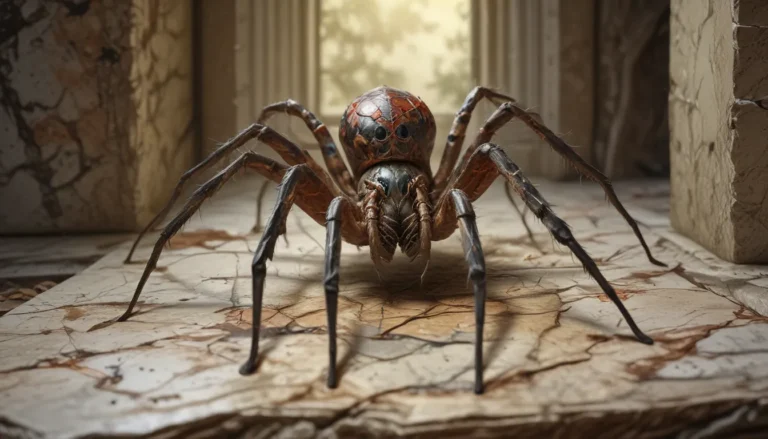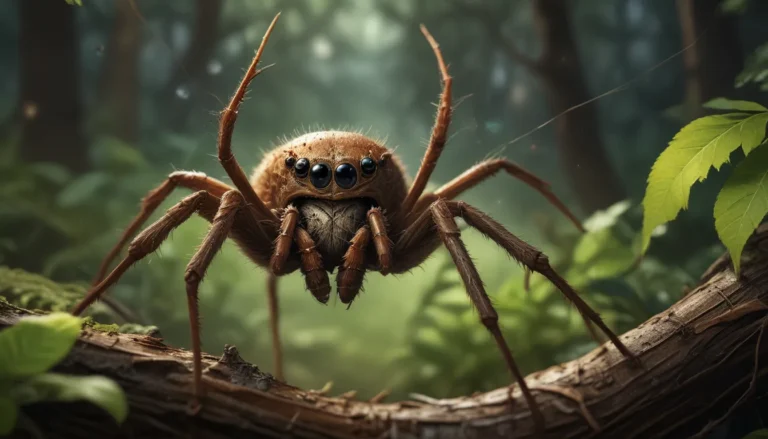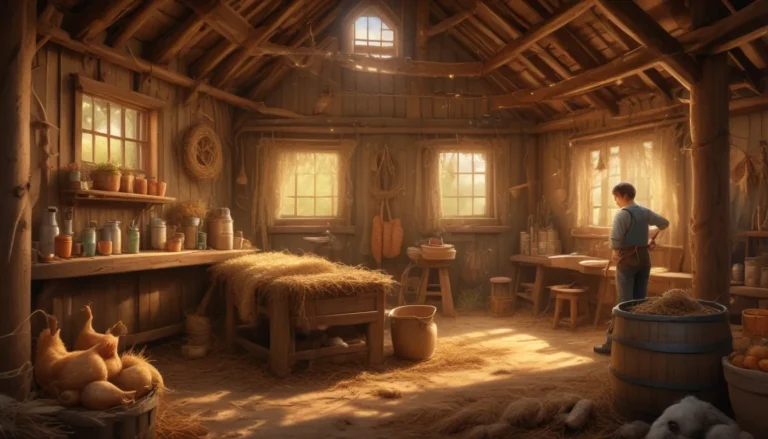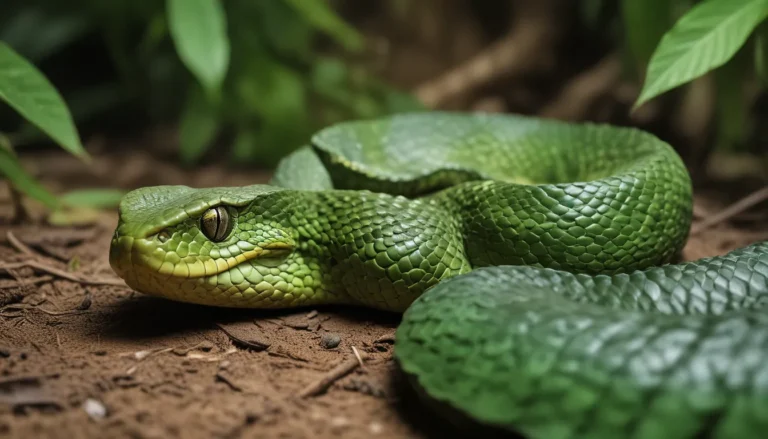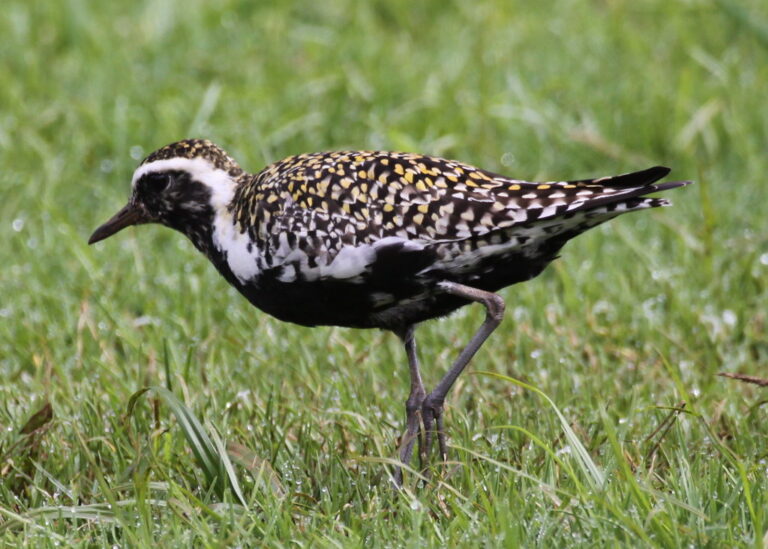The pictures we use in our articles might not show exactly what the words say. We choose these pictures to make you interested in reading more. The pictures work together with the words but don’t take their place. The words still tell you the important facts.
Are you ready to discover the captivating world of prawns? These versatile and delicious crustaceans are more than just a tasty treat – they are also incredibly fascinating creatures with unique features and behaviors. Whether you're a seafood lover or just curious about marine life, exploring the world of prawns will not only satisfy your taste buds but also deepen your understanding of these incredible creatures.
The Marvels of Prawn Biology
Prawns as Crustaceans
Prawns belong to the crustacean family, which includes creatures with hard exoskeletons and segmented bodies. Closely related to shrimp and lobsters, prawns boast a distinct charm that sets them apart in the marine world.
Impressive Size and Flavor
Did you know that prawns can grow up to a whopping 12 inches in length? Their large size makes them a popular choice in many cuisines, showcasing their versatility and delicious flavor. With a unique sweet and slightly salty taste, prawns add a special touch to any dish they grace.
Nutritional Powerhouses
Not only are prawns delicious, but they are also packed with essential nutrients. Rich in protein, vitamins B12 and E, zinc, and selenium, prawns offer a nutritious option for those looking to enhance their diet. Low in fat and calories, prawns are a healthy seafood choice loved by many.
Diving Deeper into Prawn Facts
The Diversity of Prawn Species
Explore the world of prawns through its diverse range of species. From tiger prawns to king prawns and freshwater prawns, each species boasts its own unique characteristics and flavors, adding variety to seafood cuisine worldwide.
Culinary Versatility
Prawns are incredibly versatile in the kitchen, lending themselves to a variety of cooking methods. Whether grilled, boiled, sautéed, or fried, prawns can be incorporated into a wide range of dishes, from seafood delicacies to barbecue favorites.
Economic Importance
Many coastal communities rely on prawn fishing and aquaculture as a significant source of income. Prawn fisheries contribute to local economies and provide employment opportunities, highlighting the economic importance of these marine creatures.
Ecological Role
Prawns play a crucial role in maintaining the balance of aquatic ecosystems. From controlling algae growth to providing food for other marine creatures, prawns are essential in preserving the health of our oceans and waterways.
Marvel at Prawn Marvels
Vibrant Colors and Unique Markings
Some prawn species showcase vibrant colors and unique markings, serving as both a defense mechanism and a way to attract mates. Their eye-catching appearances add an element of beauty to the underwater world.
Jumping Abilities
With powerful muscular tails, prawns possess impressive swimming skills and can even jump out of the water. This jumping ability, especially prominent in freshwater prawn species, showcases their agility and adaptability in their environments.
Habitat Diversity
While commonly associated with saltwater habitats, prawns also thrive in freshwater environments like rivers and lakes. Their ability to inhabit a variety of habitats demonstrates their adaptability and resilience as marine creatures.
Prawn Perfection Worldwide
Global Popularity
From Asia to Europe and beyond, prawns are enjoyed by people worldwide and form an integral part of diverse culinary traditions. Whether featured in seafood dishes or as a standalone delicacy, prawns hold a special place in the hearts of food enthusiasts everywhere.
Gastronomic Delight
When cooked to perfection, prawns boast a tender and delicate texture that melts in your mouth. Their culinary appeal extends to gourmet cuisine, where their exquisite taste and texture shine in a variety of exquisite dishes.
Delve Deeper with Prawn FAQs
Differentiating Prawns and Shrimp
While often used interchangeably, prawns and shrimp have distinct differences in body size, leg length, and claw placement. Understanding these nuances adds depth to your appreciation of these crustaceans.
Lifespan and Sustainability
Explore the lifespan of prawns, which can vary by species, and learn about sustainable seafood practices to ensure that prawns remain a responsible choice for conscientious consumers.
Connection to Lobsters
Discover the commonalities and differences between prawns and lobsters, united by their status as crustaceans but distinct in their size, shape, and habitat preferences.
Color-Changing Abilities
Uncover the fascinating ability of prawns to change color, a remarkable adaptation that allows them to blend in with their surroundings and communicate with their peers.
Conclusion: Celebrating the Wonders of Prawns
In conclusion, prawns are truly remarkable creatures that capture our imagination and delight our taste buds. From their fascinating biology to their culinary versatility, prawns offer a wealth of wonders waiting to be explored. Whether you savor a delectable prawn dish or simply admire their beauty, take a moment to appreciate the incredible creatures that prawns are and the vital role they play in our natural world.
FAQs: Diving Deeper into Prawn Knowledge
Ready to expand your understanding of prawns? Explore frequently asked questions about these captivating crustaceans.
Q: What is the difference between a prawn and a shrimp?
A: While the terms are often used interchangeably, prawns and shrimp have distinct differences in body size, leg length, and claw placement.
Q: How long do prawns live?
A: The lifespan of prawns varies by species, with some living up to 1 to 2 years in the wild and others reaching up to 10 years.
Q: Are prawns and lobsters related?
A: Yes, both prawns and lobsters belong to the crustacean family, sharing common characteristics while also differing in size, shape, and habitat preferences.
Q: Are prawns a sustainable seafood choice?
A: Prawns can be sustainable if sourced from well-managed fisheries or farmed using sustainable practices, indicated by certifications like MSC or ASC.
Q: Can prawns change color?
A: Yes, prawns possess the ability to change color using chromatophores in their exoskeleton, adapting to their surroundings and communicating with fellow prawns.
Prawns, with their mesmerizing features and delectable taste, stand as seafood superstars loved around the globe. Embark on a journey of culinary exploration with prawns, where each bite unveils a world of flavor and wonder. Indulge in the richness of prawn cuisine and marvel at the captivating allure of these remarkable crustaceans.
